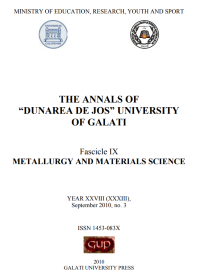History of Faberge Eggs
Abstract
Faberge's primary source of inspiration came from works of previous centuries. Translucent enameling was a valued technique in the nineteenth century that required several coats of applied enamel and the "firing" of the object in an oven after each coat. However, only a small number of colors were used in the nineteenth century, and so Faberge took it upon himself to experiment and soon came up with over 140 shades. Technique used by Faberge included guilloche, a surface treatment that could make waves and striations in the design and could be done by machine or by hand. Faberge used natural stones often found in abundance in the area.
Fifty six Imperial eggs were made, forty-four of which have been located today and another two that are known to have been photographed. Another twelve Easter eggs were commissioned by Alexander Ferdinandovich Kelch, a Siberian gold mine owner.
However, the Imperial Easter egg collection commissioned by the last of the Russian Tzars is the most celebrated. Fabergé was given carte blanche in creating the Imperial eggs, the only requirement being that each must be unique and each must contain a surprise.
Downloads
References
[2]. The History of the House of Fabergé according to the recollections of the senior master craftsman of the firm, Franz P. Birbaum (St Petersburg, Fabergé and Skurlov, 1992).
[3]. Henry Charles Bainbridge, Peter Carl Fabergé - Goldsmith and Jeweller to the Russian Imperial Court - His Life and Work (London 1979, Batsfords - later reprints available such as New York, Crescent Books, 1979).
[4]. A Kenneth Snowman, The Art of Carl Fabergé (London, Faber & Faber, 1953-68).



